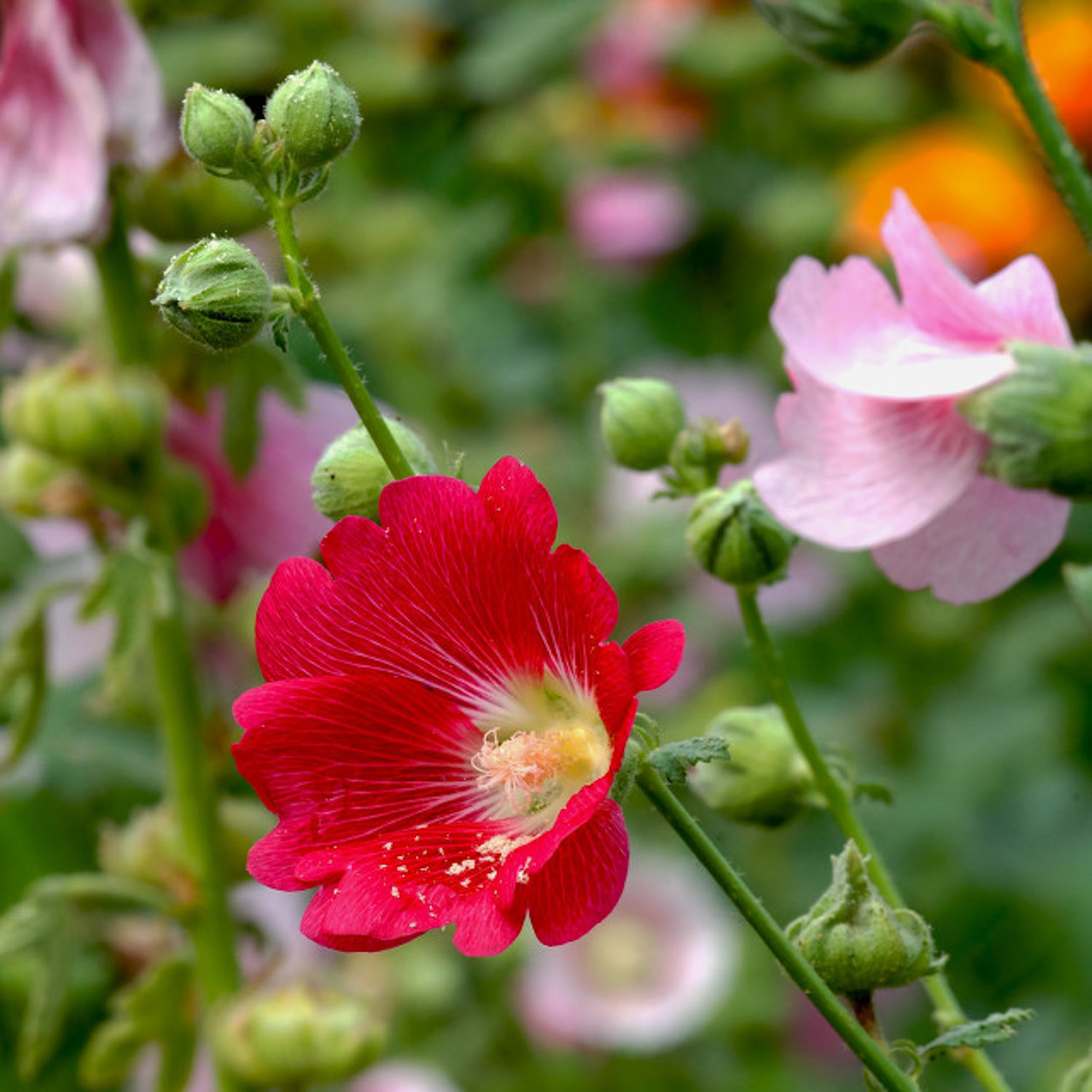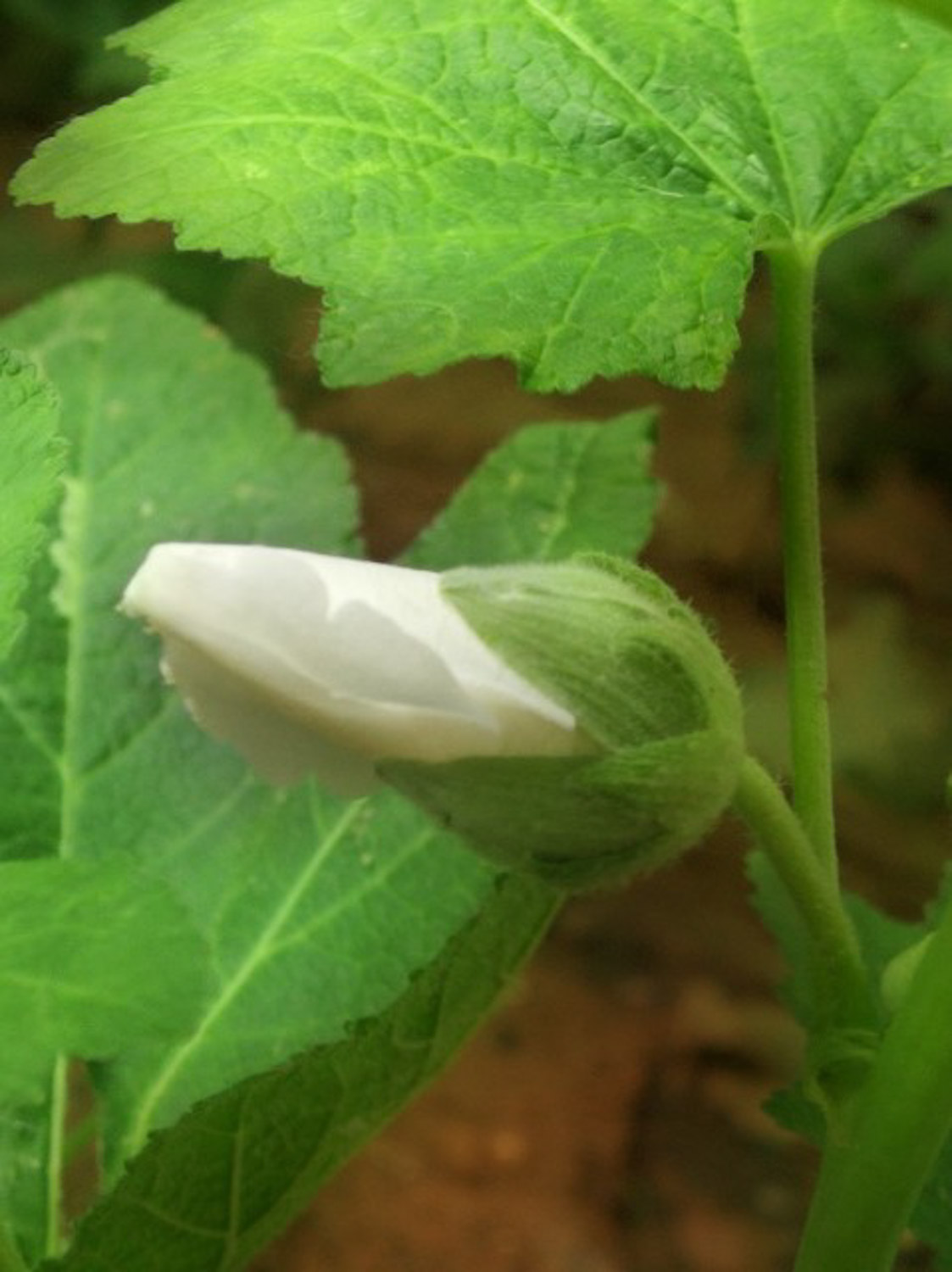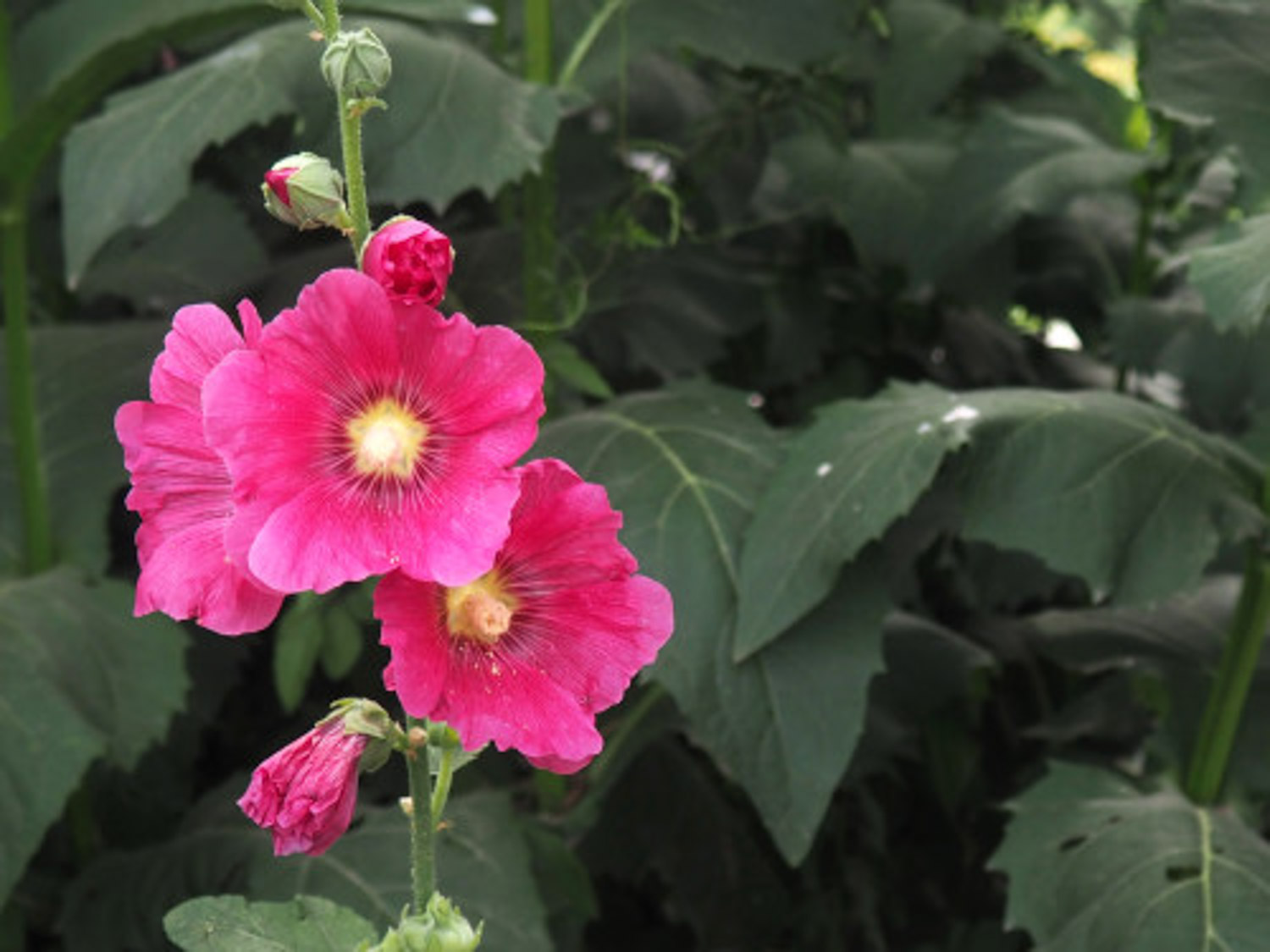Propagation method of marshmallow: sowing method
8. Seeds can be sown when they are mature in September and bloom the next year. If sown in spring, it is not easy to bloom that year. The south often sows in autumn, while the North mainly sows in spring
According to the number of seeds, you can choose to sow in the open seedbed and then transplant, or directly sow in the soil without transplanting. The soil is generally rotten leaf soil and field soil. Before sowing, the soil should be disinfected to prevent the occurrence of diseases and pests
Normally, it can germinate in 7 days. When 2-3 leaves grow, it can be transplanted. It is best to transplant in cloudy and rainy days, which is very beneficial to the growth of plants
The seed germination ability of marshmallow can be maintained for 4 years, but the growth of seedlings will decline after two or three years, and the seedlings are very prone to collapse. Therefore, the management of seedling bed should be strengthened, and drugs can be added to the soil appropriately

Propagation method of marshmallow: ramet method
The branching of marshmallow is generally carried out in autumn. Dig out the perennial marshmallow from the soil and divide the stem buds into several clusters with a sharp blade to ensure that each cluster has two or three buds
Then they are planted in the substrate, which is generally fertile and well drained sandy soil. After planting, it can be watered once and bloom the next year

Propagation method of marshmallow: cutting method
Cutting can be carried out after flowering to winter
Generally, the lateral branches germinating at the base of the old stem of marshmallow are selected as cuttings, with a length of about 8 cm, and the substrate is generally sandy soil
After cutting, cover the seedbed with plastic film, maintain a certain humidity, and place it in the shade until the root grows
For cutting in winter, a heating device needs to be laid at the bottom of the seedbed to increase the ground temperature, maintain the temperature of the seedbed and accelerate the growth of new roots


 how many times do yo...
how many times do yo... how many planted tre...
how many planted tre... how many pine trees ...
how many pine trees ... how many pecan trees...
how many pecan trees... how many plants comp...
how many plants comp... how many plants can ...
how many plants can ... how many plants and ...
how many plants and ... how many pepper plan...
how many pepper plan...





























